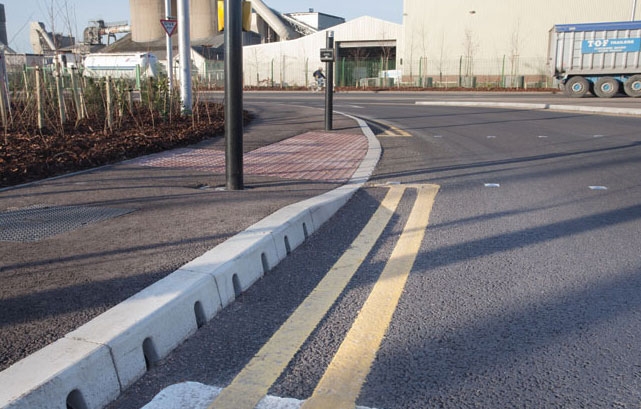
A dropped kerb offers legal, safe, and practical vehicle access to your property. Whether you’re applying for one to improve your driveway’s functionality or enhance your home’s value
A dropped kerb offers legal, safe, and practical vehicle access to your property. Whether you’re applying for one to improve your driveway’s functionality or enhance your home’s value, it’s essential to understand the timeline involved. One of the most common questions homeowners ask is: how long does a dropped kerb installation Durham take? In this article, we’ll walk you through the process, timescales, and what factors can speed up—or delay—your project.
What Is a Dropped Kerb?
A dropped kerb is a lowered section of pavement that allows vehicles to cross from the road to a private driveway without damaging the footpath or kerbstones. It’s required by law in the UK if you intend to regularly drive over a pavement to access your property.
The Two Key Phases: Application & Installation
Installing a dropped kerb involves two major phases:
-
Getting Permission from the Local Council
-
Carrying Out the Installation Work
Let’s break down how long each stage takes.
Phase 1: Getting Permission (2–8 Weeks)
Before any work can begin, you must apply to your local authority for permission. This process involves:
-
Filling out an application form
-
Paying an application or inspection fee (usually £100–£300)
-
Awaiting a site visit by a highways officer
-
Receiving written approval
Estimated time: 2 to 8 weeks, depending on your council’s processing speed.
Some councils are quicker, especially if you use an approved contractor like Driveways Durham who understands local procedures and can help you submit a complete application.
Phase 2: Installation of the Dropped Kerb (1–3 Days)
Once permission is granted, the actual installation is relatively quick.
Here’s what happens on-site:
-
Barriers and signage are set up for safety
-
The existing kerbstones and pavement are removed
-
The ground is excavated and compacted
-
New kerbstones are laid to match height and slope
-
The surface (usually tarmac or block paving) is installed and levelled
-
The area is cleaned and re-opened
Estimated time: 1 to 3 working days, depending on the kerb’s width and weather conditions.
What Factors Can Affect the Timeline?
Several variables can impact how long the process takes:
✅ Council Backlogs
Some local authorities have longer waiting lists or slower planning departments, which can delay approval.
✅ Utility Checks or Relocations
If there are underground cables, water mains, or gas lines near the site, utility companies may need to be consulted or even adjust their infrastructure.
✅ Weather Conditions
Severe rain or freezing temperatures may cause delays in laying surfaces like tarmac or concrete.
✅ Property Type and Location
If your property is near a junction, bus stop, or school, extra permissions or safety measures may be required.
Can I Speed Up the Process?
Yes—here’s how:
-
Use a council-approved contractor like Driveways Durham.
-
Submit all documents correctly the first time.
-
Be available for inspections or site visits.
-
Avoid peak times, such as summer holidays, when council workloads are higher.
Summary: Total Time from Start to Finish
| Stage | Estimated Time |
|---|---|
| Council Permission | 2–8 weeks |
| Installation (on-site) | 1–3 days |
| Total Project Time | Around 3–9 weeks overall |
Final Thoughts
Installing a dropped kerb isn’t just a weekend job—it’s a regulated process that ensures public safety and infrastructure protection. While the approval phase takes the longest, the installation itself is typically fast and straightforward. At Driveways Durham, we manage the full process from application to completion, helping homeowners throughout County Durham save time, avoid fines, and get the job done right.





